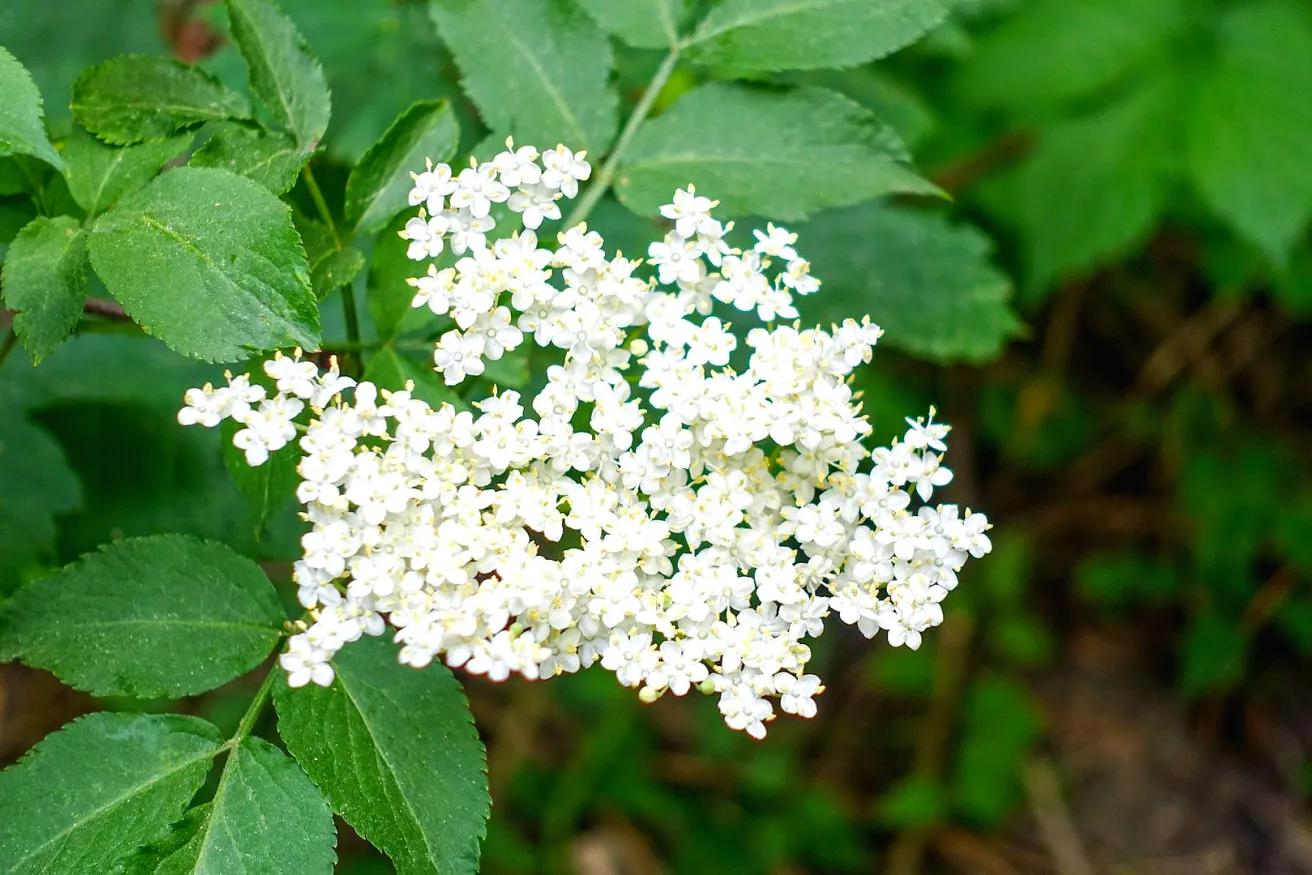Give before midnight on July 31 to double your impact where trees need us most. CHOOSE A PROJECT
Sambucus canadensis
If you’re a Harry Potter fan then you may be all too familiar with the notable “Deathstick” or the “Wand of Destiny,”—the most powerful wand in the land; but did you know the wand was made of elder wood? Perhaps there was reason the wand was made from the hardwood of an American elder tree. In fact, the name Sambucus was derived from the Latin name Sambuca—a type of harp or stringed instrument. The stems were commonly used in making whistles, pipes and other instruments because of their hollow design.
The American elder tree is a North American native shrub, popular for its dense thicket and versatility. It is said that nearly every part of the tree has a use. Aside from wildlife enjoying the berries, they are also great in baking jams, juice, pies and wine and the flower petals can be used in teas. Not to mention, the tree is one of the oldest plant sources of medicine.
Here are a few things to note if you’re considering adding one to your yard.
Environmental Conditions:
• Grows well in clay, loamy, moist, rich, sandy and well drained soils; is drought tolerant (hardiness zones 4-9). • Is a fast growing tree, growing up to three feet a year and reaching 5-12 feet at maturity. • Does well in both full sun and partial shade.
Physical Attributes:
• Blooms small, white, star-shaped white flowers in the summer. • Produces an edible, dark purple berry, popular amongst wildlife and in baking. Note: Berries should be cooked before consumed, they are toxic when eaten raw. • Has a thin bark that is easily damaged from mechanical impact and drooping branches
Tag us in a photo of your American elder tree!




